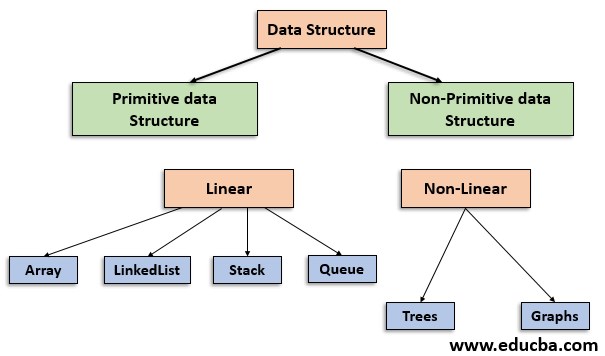Data Structures - Java: Syntax, Use Case, Time and Space Complexity
 Riyaz Nabiyulla
Riyaz Nabiyulla
1. Arrays
Syntax:
// Declaration and initialization
int[] array = new int[10];
int[] array = {1, 2, 3, 4, 5};
// Accessing elements
int element = array[0];
// Modifying elements
array[1] = 10;
Use Cases: Fixed-size collections, fast access by index.
Time Complexity:
Access: O(1)
Search: O(n)
Insertion: O(n) (for shifting elements)
Deletion: O(n) (for shifting elements)
Space Complexity: O(n)
2. Linked Lists
Syntax:
class Node {
int data;
Node next;
Node(int d) { data = d; next = null; }
}
class LinkedList {
Node head;
// Methods to add, remove, and traverse
}
Use Cases: Dynamic size collections, ease of insertion/deletion.
Time Complexity:
Access: O(n)
Search: O(n)
Insertion: O(1)
Deletion: O(1)
Space Complexity: O(n)
3. Stacks
Syntax:
Stack<Integer> stack = new Stack<>();
stack.push(1);
int element = stack.pop();
Use Cases: LIFO (Last In, First Out) operations, backtracking algorithms.
Time Complexity:
Push: O(1)
Pop: O(1)
Peek: O(1)
Space Complexity: O(n)
4. Queues
Syntax:
Queue<Integer> queue = new LinkedList<>();
queue.add(1);
int element = queue.remove();
Use Cases: FIFO (First In, First Out) operations, scheduling algorithms.
Time Complexity:
Enqueue: O(1)
Dequeue: O(1)
Peek: O(1)
Space Complexity: O(n)
5. Hash Tables (HashMap)
Syntax:
HashMap<Integer, String> map = new HashMap<>();
map.put(1, "One");
String value = map.get(1);
Use Cases: Fast key-value pair lookups, associative arrays.
Time Complexity:
Insertion: O(1)
Deletion: O(1)
Search: O(1)
Space Complexity: O(n)
6. Trees
Syntax:
class TreeNode {
int data;
TreeNode left, right;
TreeNode(int item) {
data = item;
left = right = null;
}
}
Use Cases: Hierarchical data structures, searching and sorting (e.g., Binary Search Tree).
Time Complexity:
Access/Search: O(log n) (for balanced trees)
Insertion: O(log n) (for balanced trees)
Deletion: O(log n) (for balanced trees)
Space Complexity: O(n)
7. Heaps
Syntax:
PriorityQueue<Integer> heap = new PriorityQueue<>();
heap.add(1);
int min = heap.poll();
Use Cases: Priority queue operations, heap sort.
Time Complexity:
Insertion: O(log n)
Deletion: O(log n)
Find Min/Max: O(1)
Space Complexity: O(n)
8. Graphs
Syntax:
class Graph {
private int V;
private LinkedList<Integer> adj[];
Graph(int v) {
V = v;
adj = new LinkedList[v];
for (int i = 0; i < v; ++i)
adj[i] = new LinkedList();
}
}
Use Cases: Network representations, shortest path algorithms.
Time Complexity:
Varies based on representation (Adjacency Matrix or List) and operation.
BFS/DFS: O(V + E)
Space Complexity:
Adjacency Matrix: O(V^2)
Adjacency List: O(V + E)
By starting with these data structures, you will have a solid foundation for understanding their implementation, usage scenarios, and performance characteristics, which is crucial for effective algorithm development.
Subscribe to my newsletter
Read articles from Riyaz Nabiyulla directly inside your inbox. Subscribe to the newsletter, and don't miss out.
Written by

Riyaz Nabiyulla
Riyaz Nabiyulla
Tech enthusiast and full-time worker 🚀 Learning DSA in Java to unlock new coding adventures! ☕ Passionate about solving puzzles and embracing continuous learning. Let's connect and build a brighter tech future together!